Water Pooling Prevention Strategies

Conducting inspections before rainy seasons helps identify potential pooling issues early.

Assessing drainage and surface conditions after heavy rainfall ensures timely interventions.

Implementing routine checks throughout the year prevents water accumulation problems.

Ways to make Water Pooling Preventions work in tight or awkward layouts.

Popular materials for Water Pooling Preventions and why they hold up over time.

Simple add-ons that improve Water Pooling Preventions without blowing the budget.

High-end options that actually feel worth it for Water Pooling Preventions.

Finishes and colors that play nicely with Water Pooling Preventions.
Water pooling prevention is essential for maintaining safe and functional surfaces. Proper timing of maintenance activities can significantly reduce the risk of water accumulation, which can lead to structural damage, safety hazards, and increased repair costs. Regularly scheduled inspections and proactive measures during key periods, such as before and after adverse weather, help ensure surfaces remain free of standing water.
Seasonal inspections help identify vulnerabilities before they worsen, especially during rainy periods.
Standing water can cause surface deterioration, erosion, and create slip hazards.
Scheduling repairs and drainage improvements during dry periods minimizes disruption and maximizes effectiveness.
Tracking weather forecasts allows for timely interventions to prevent water accumulation.
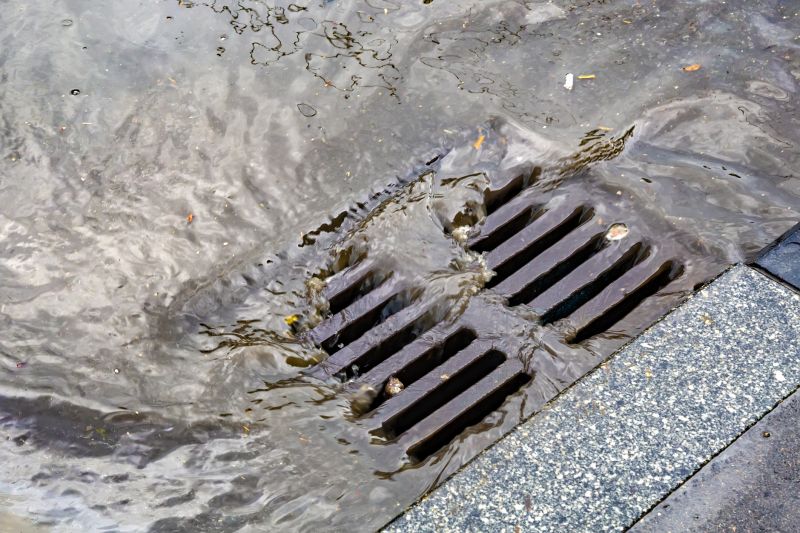
Regularly inspecting drainage systems ensures they are free of blockages.
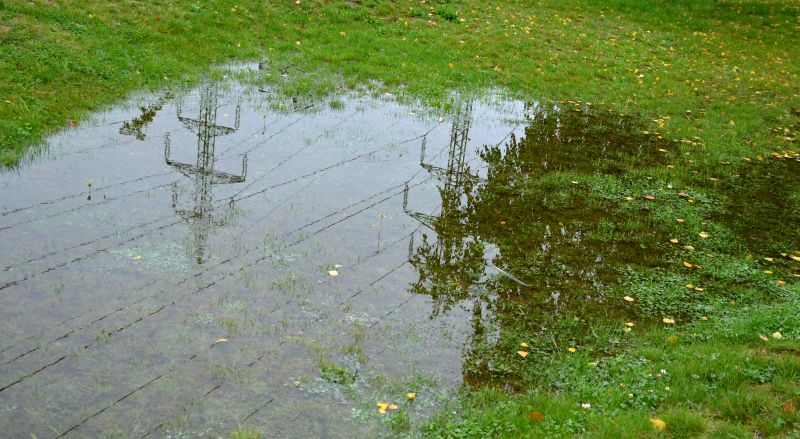
Proper grading directs water away from surfaces, reducing pooling risk.
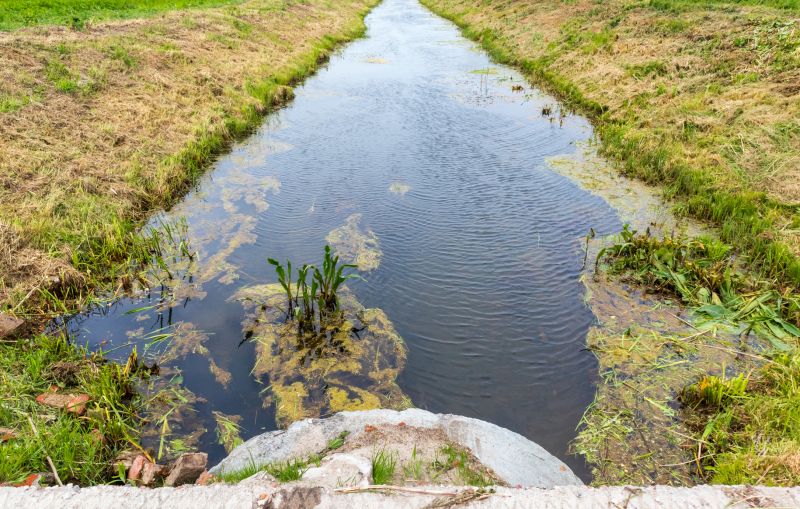
Installing water diversion features helps manage excess runoff effectively.
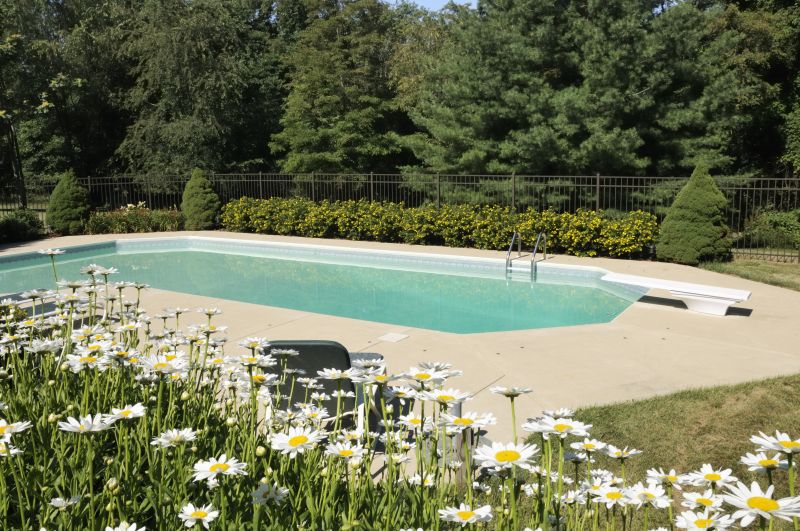
Timely patching of cracks and holes prevents water ingress and pooling.
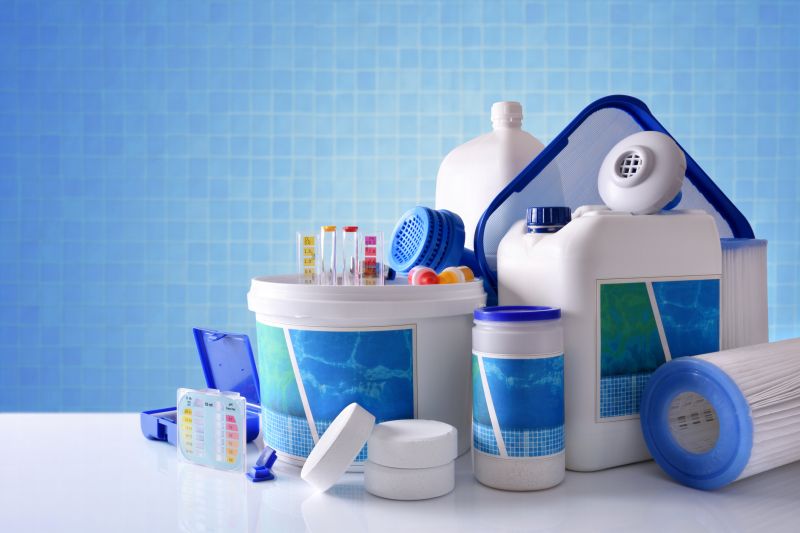
Little measurements that prevent headaches on Water Pooling Preventions day.
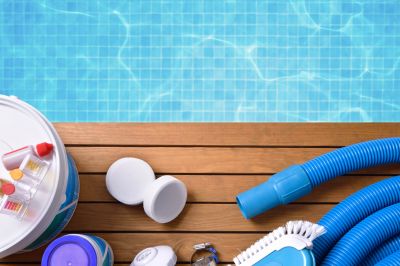
A 60-second routine that keeps Water Pooling Preventions looking new.
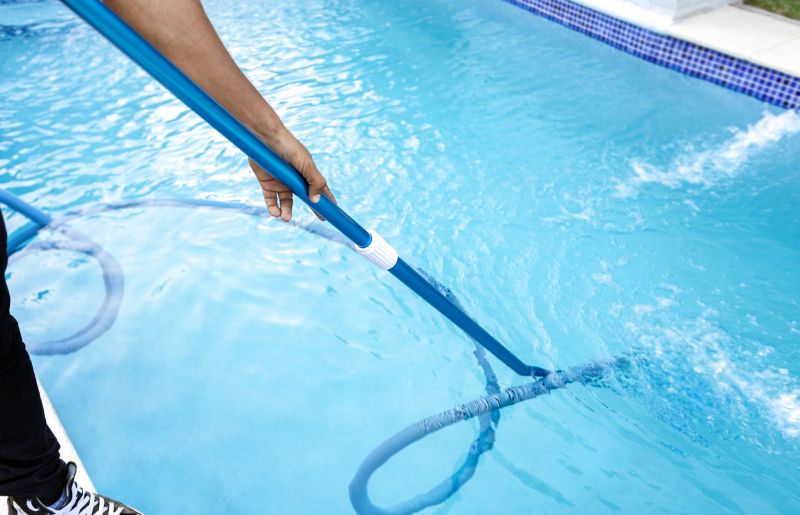
A frequent mistake in Water Pooling Preventions and how to dodge it.

Small tweaks to make Water Pooling Preventions safer and easier to use.
| Timing Aspect | Recommended Action |
|---|---|
| Before rainy season | Conduct surface and drainage inspections, perform necessary repairs. |
| During dry weather | Schedule maintenance and surface grading to prepare for upcoming rains. |
| After heavy rainfall | Evaluate surface and drainage performance, address any pooling issues. |
| Regularly throughout the year | Implement routine inspections and maintenance to prevent buildup. |
| Prior to winter or cold seasons | Ensure drainage systems are operational to prevent ice formation and pooling. |
Effective water pooling prevention relies on strategic timing of maintenance activities. Conducting inspections and repairs before and after adverse weather events minimizes the risk of standing water. Regular monitoring and timely interventions can extend surface lifespan, improve safety, and reduce long-term repair costs.

Keeping drainage channels clear prevents water accumulation.

Correct grading directs water away from surfaces effectively.
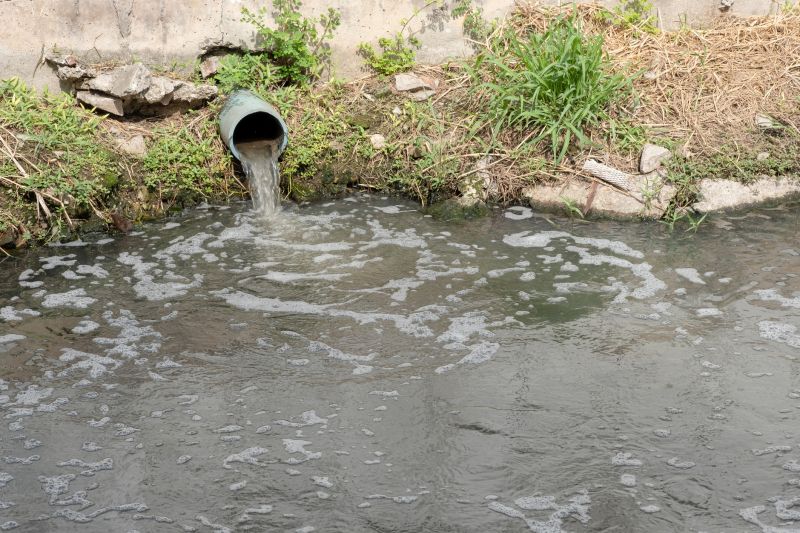
Installing barriers and channels manages runoff efficiently.

Using appropriate repair methods ensures quick resolution of issues.
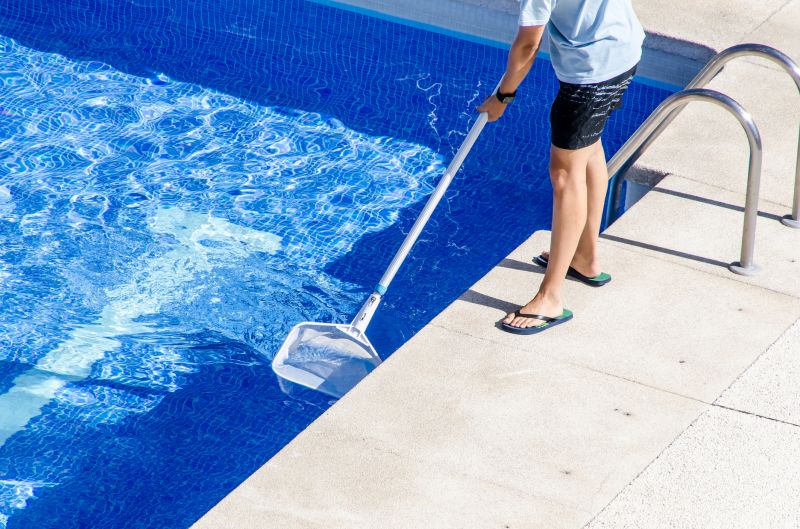
Lower-waste or water-saving choices for Water Pooling Preventions.
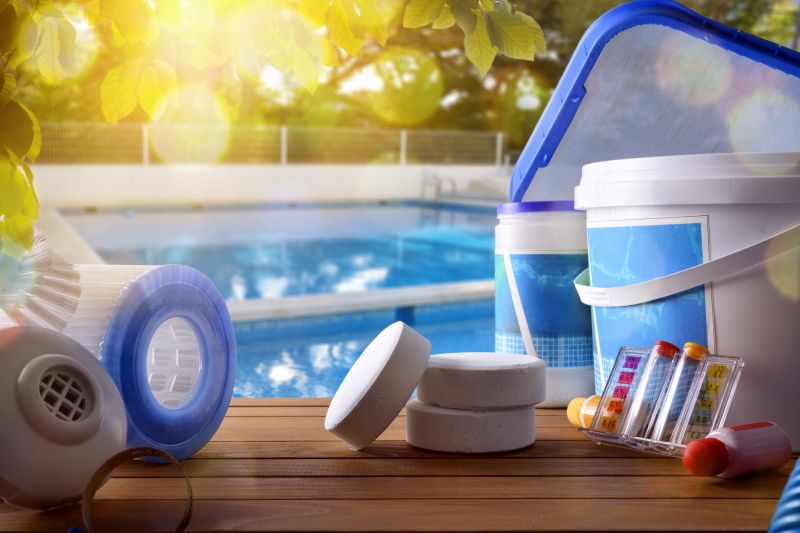
The short, realistic tool list for quality Water Pooling Preventions.

Rough timing from prep to clean-up for Water Pooling Preventions.
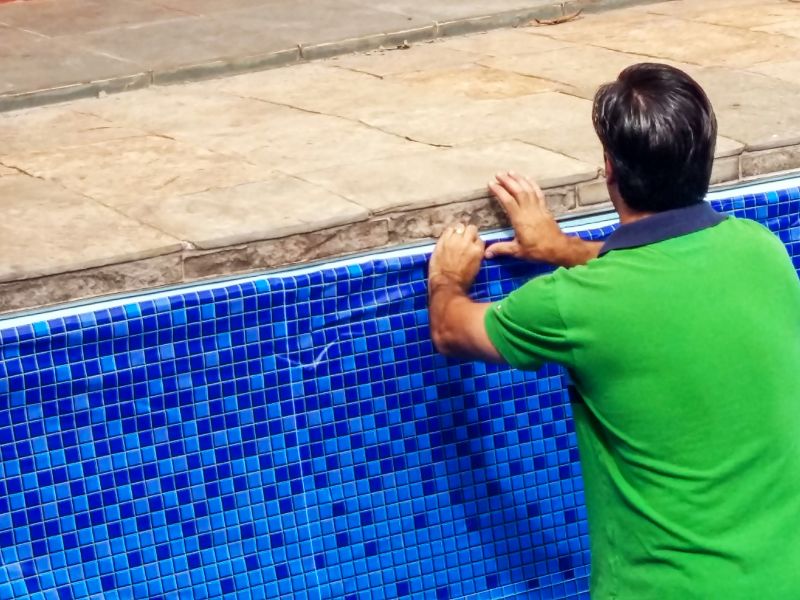
Quick checks and paperwork to keep after Water Pooling Preventions.
To prevent water pooling effectively, it is crucial to implement a comprehensive schedule that considers seasonal weather patterns and local climate conditions. Regular evaluation and timely repairs help maintain surface integrity and safety, reducing the likelihood of water-related damages and hazards.
Interested in implementing water pooling prevention measures? Filling out the contact form can provide access to expert advice and tailored solutions to ensure surfaces remain safe and functional throughout the year.
